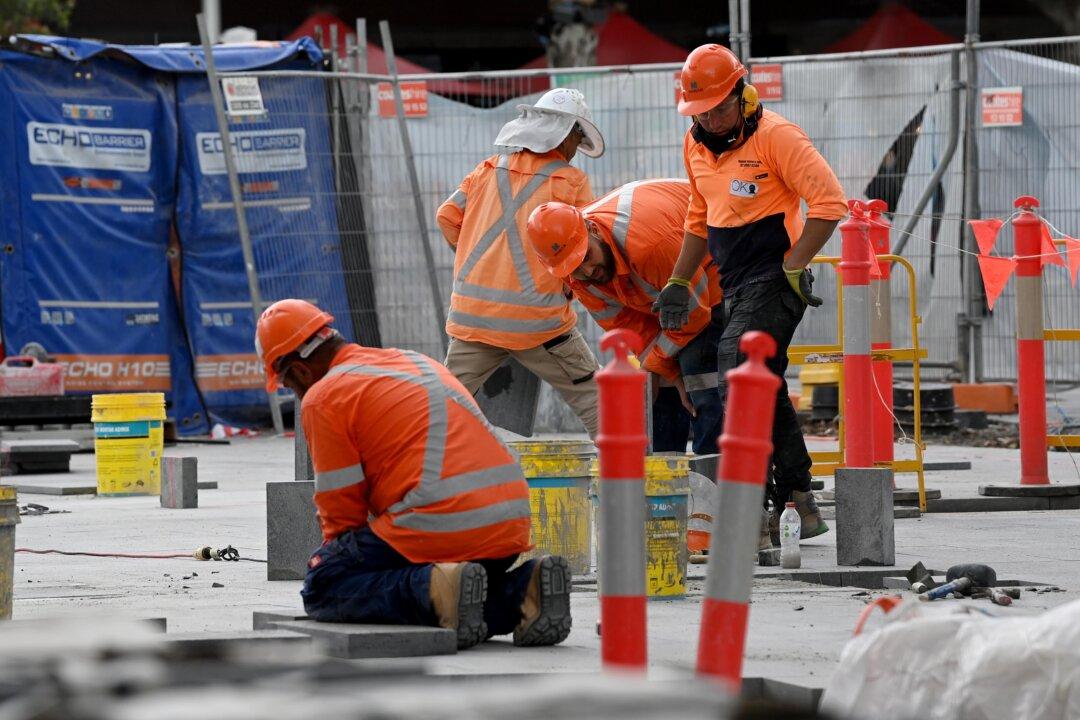The Australian economy has been surprised by a slight drop in the unemployment rate in May, which defies market expectations and is anticipated to have implications on the central bank’s July interest rate decision.
According to the latest labour force data from the Australian Bureau of Statistics (ABS), the jobless rate dipped by 0.1 percent to 3.6 percent in May, marking the 14th month that the economic indicator had stayed below four percent.





